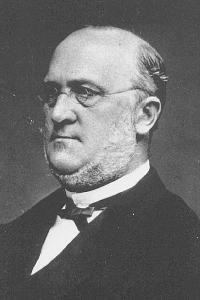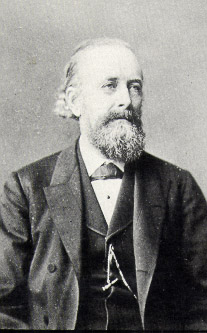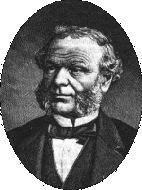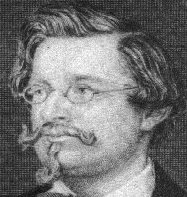When studying a set of molecular formulas Laurent discovered (1846) great similarities between them. Thus, he established that ethanol and ethyl ether can be considered derivatives of water by replacing one or two of its hydrogens with ethyl radicals (until that time alcohols were mistakenly considered ether hydrates and their formula was believed to be R2O.H2O instead of ROH). Molecules begin to be classified by type (e.g., water type molecule). This point is considered the definitive break with Berzelius' dualistic theory and the beginning of the modern formulation. In 1848 Kolbe and Frankland showed that acetic acid could be obtained by treating methyl cyanide with dilute acids or bases. It was thus concluded that acetic acid should contain a methyl group.


In 1849 Wurtz and Hofmann established a new type of molecules, those derived from ammonia. Hofmann develops methods for obtaining amines and ammonium salts. The degradation reaction of the latter is named after them.

